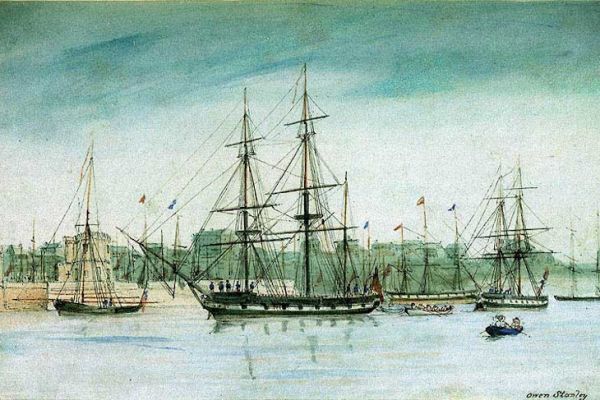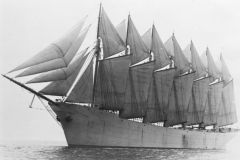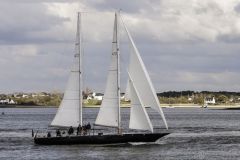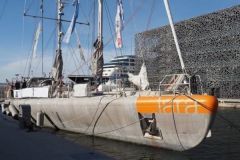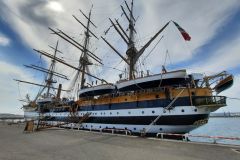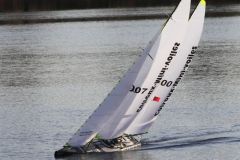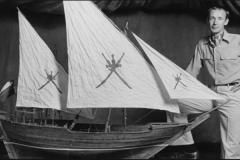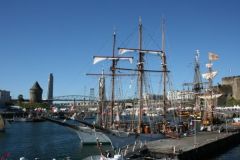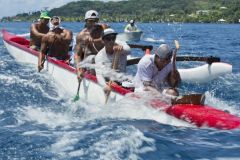The HMS Beagle is the ship at the origin of a major turning point in our history: Darwin's theory of evolution. What is this sailing ship with an unparalleled destiny?
An unexpected rehabilitation
The HMS Beagle is an English warship of the Cherokee class, smaller than a frigate, it is about 28 meters. The initials HMS stand for Her Majesty's Ship this was a sign of the ship's attachment to the British crown. A two-masted sailing ship with ten cannons, it was launched on the Thames in 1820.
It was a time of peace. The HMS Beagle was not called for service, and remained peacefully based at Woolwich. It did, however, gain some fame on a naval parade, as in July 1820, at the coronation of King George the Fourth, the HMS Beagle became the first warship to pass, fully rigged, under the old London Bridge.
Without a mission for the army, it was only five years before the HMS Beagle was changed and rehabilitated as a research vessel. For this purpose, it was equipped with a third mast, a forecastle, a large stern cabin and the number of its guns was reduced to six.
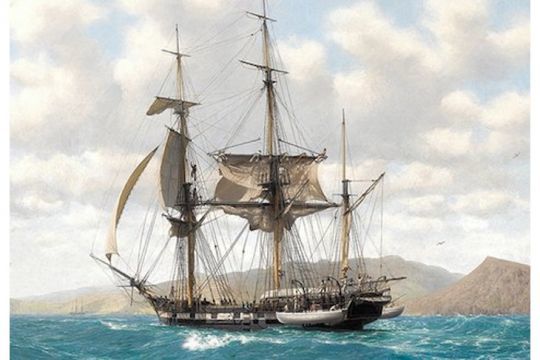
The voyages of the HMS Beagle
After being transformed into a research vessel, the HMS Beagle undertook a first hydrographic mission in South America. The expedition, from 1826 to 1830, was led by Captain Pringle Stokes. However, the isolation and potential shortcomings plunged him into a deep depression, so much so that he attempted suicide in August 1828 and died a few days later. Command was transferred to his lieutenant, Robert FitzRoy, who proved quite capable.
In 1831, the HMS Beagle left for a second voyage that lasted five years, with the mission to map the coasts of South America. It was always commanded by Robert FitzRoy. He decided to embark with him a young cultured man, partly to avoid suffering from the same isolation as his predecessor. It was Charles Darwin.
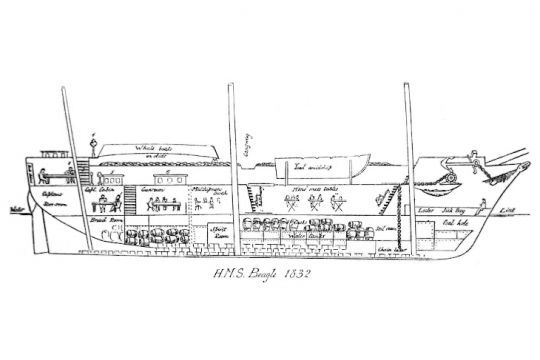
The HMS Beagle and Charles Darwin
When Charles Darwin embarked on the HMS Beagle he was then 22 years old. Of middle-class origin, Darwin was cultivated. He had studied medicine, then theology, botany and entomology. So when Robert FitzRoy was looking for a naturalist to complete his team and keep him company, Darwin was warmly recommended for the job by his professor John Stevens Henslow.
During the next five years, Darwin will carry out with the HMS Beagle a complete world tour. He studied geology, fauna and flora, and collected numerous specimens that he sent to Cambridge, along with his observations.
This trip will contribute to his growing reputation as a naturalist. He will draw a book from it, The voyage of the Beagle and the basis of his theory of evolution that will revolutionize modern thought.
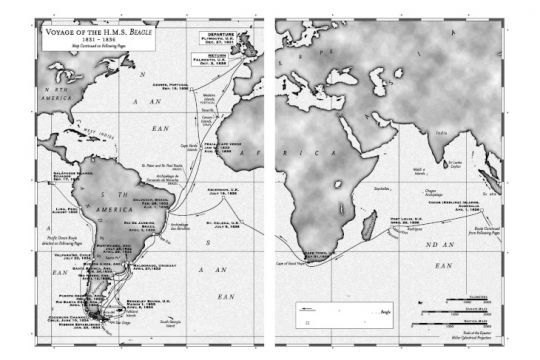
End of career for HMS Beagle
After Darwin's trip, the HMS Beagle carried out a third research mission, between 1837 and 1843, under the command of John Clements Whickham. This time, this voyage focused on the mapping of the Australian coast.
At the end of this trip, Lieutenant John Lort Stokes wrote about the HMS Beagle in its Discoveries in Australia of 1846: "I naturally, I parted with her with regret. Her movements of late have been anxiously watched, and there is a good chance that her structure will separate and she will perish in the river where she was first assembled ".
However, the ship is still solid. After some work, it entered the last phase of its career, assigned to the coast guard service in the fight against smuggling. It is nothing more than a stationary post used for observation, for storage and perhaps as housing for the men of the service.
In 1850, a group of merchants demanded the removal of the Beagle . Indeed, it was moored in the middle of a narrow river and, at low tide, the ships had difficulty to go around it. After many correspondences, the Beagle is moored near Paglesham in the river.
Then, in 1863, the HMS Beagle changes its name and is renamed WV7 . Finally, in 1870, the decaying carcass of WV7 was sold to Murray and Trainer for 525 pounds. It is likely that her remains were towed to the mud flats of the estuaries and dismantled for scrap like many old ships.
In 2019, excavations were undertaken by a team from Wessex Archaeology at the pier where the HMS Beagle on the mudflats of the Roach River in Essex. Nevertheless, no remains of the ship have been formally found. To get an idea of this, one must now go to the Nao Victoria Museum in Punta Arenas, Chile, where a replica of the HMS Beagle .
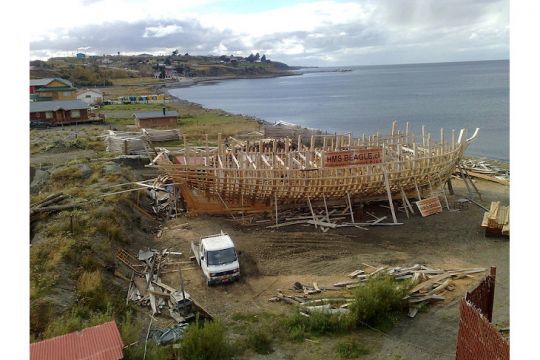

 /
/ 